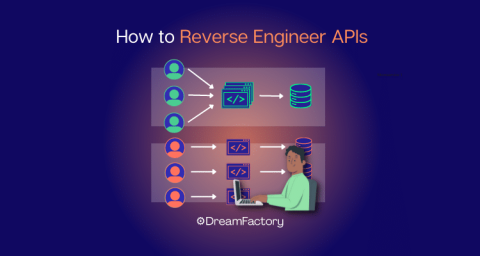What's new in PHP 8.4 in terms of performance, debugging and operations
The close of 2024 is near, and that also means a new version of PHP is about to be released: 8.4! There has already been some discussion regarding the latest features and modifications affecting developers, for example on either stitcher.io or php.watch. We wrote this post with a totally different angle, highlighting the performance, debugging, and operations-related changes in PHP 8.4 that are usually less publicized. Several of these changes were even contributed by Tideways.











